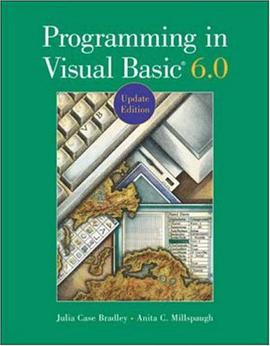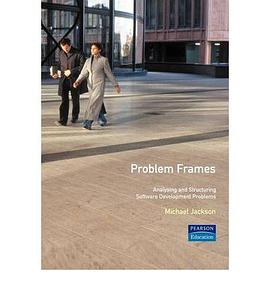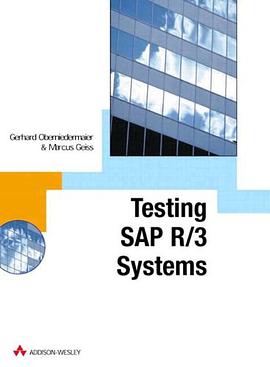

具体描述
Hazardous and nonhazardous wastes must be grouped by their physical form, chemical content, degree of hazard to the environment, or source in order to be treated by waste managers. These groupings also allow environmental scientists to learn about the trends in our society's waste and in society itself. Waste types can change dramatically in a period of less than 100 years. For example, waste from electronic products poses a big problem in the world today but this was not considered a serious threat in the early 1900s. The waste treatment industry plays a role in removing, treating, and disposing of human, household, and industrial wastes, either by burning, decomposing, or chemically transforming them so that the Earth's activities can continue. Beginning with a look at the global waste problem, "Waste Treatment" defines the different classifications of materials that are treated today in waste management, including one of the most important concepts - waste stream. Waste streams are all the sources of various wastes as they move through the environment toward a final disposal. The control of waste streams is the central theme throughout this new, full-color book. Chapters of this title include: Assessing Global Waste Management; Electronic Products and Metals; Incineration; Vitrification; Solidification and Stabilization; Reduction and Compaction; and, Wastewater Treatment.
作者简介
目录信息
读后感
评分
评分
评分
评分
用户评价
相关图书
本站所有内容均为互联网搜索引擎提供的公开搜索信息,本站不存储任何数据与内容,任何内容与数据均与本站无关,如有需要请联系相关搜索引擎包括但不限于百度,google,bing,sogou 等
© 2026 book.wenda123.org All Rights Reserved. 图书目录大全 版权所有




















